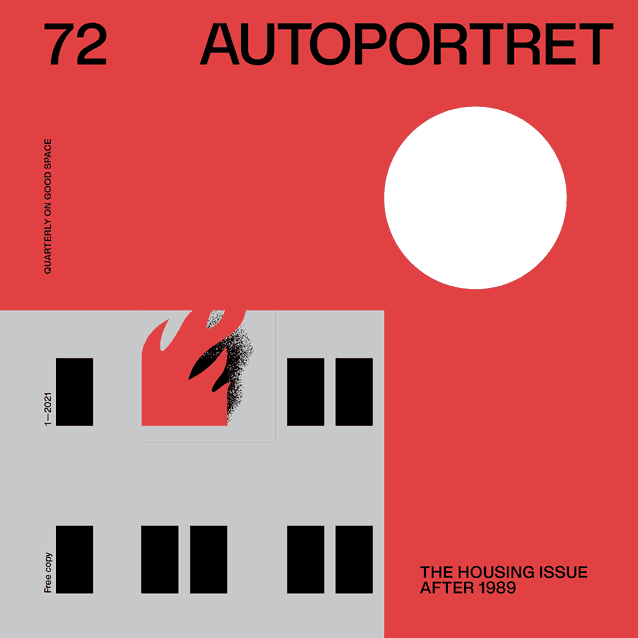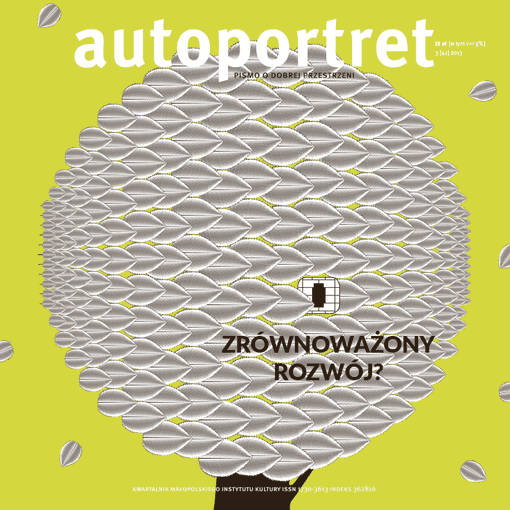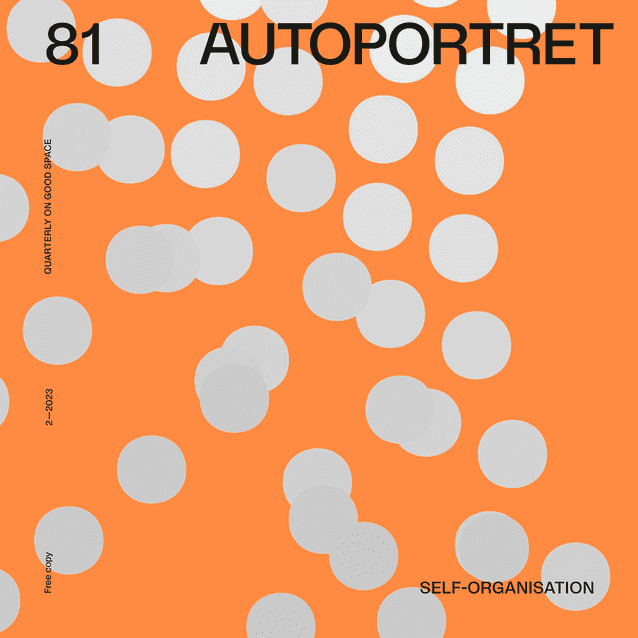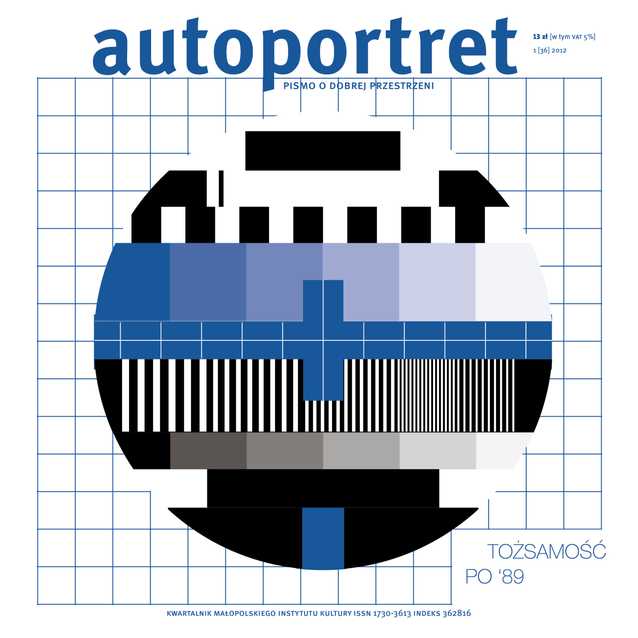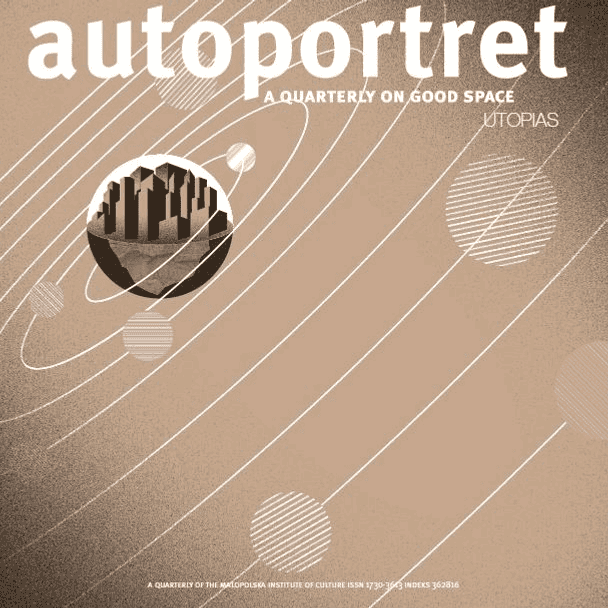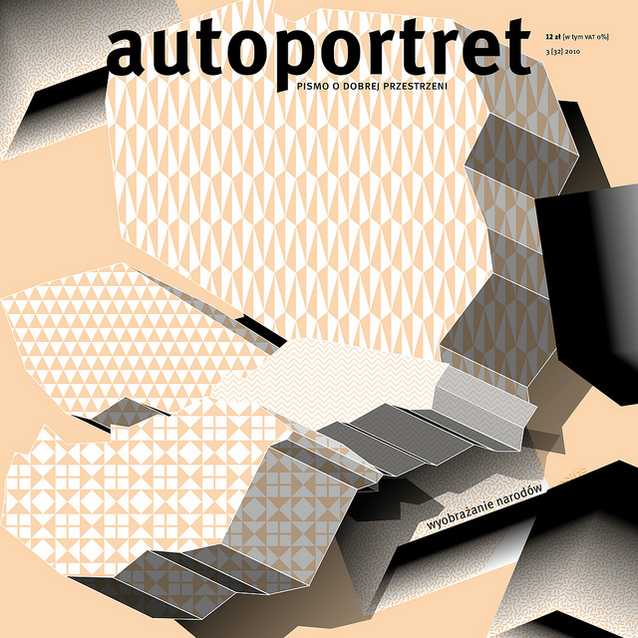In the broad context of eco-friendly architecture I am mostly concerned with architecture which blends with the local ecosystem, with architecture which is an object of landscape rather than a construction. The architect observes the surroundings, seeks the genius loci, adapts to the context rather than modifies it. In this approach it turns out that what initially seemed to be a limitation becomes a challenge. The designing process starts with difficulties, with seeking proportions, materials or colours characteristic of a given place, where the search for beauty takes precedence over the provision of all desirable functions and technologies. That is why in my work I apply the soft planning approach, in which my clients’ initial ideas of the needs they have are progressively replaced by our joint search for priorities, which results in the singling out of the clients’ major necessities in the spirit of minimalism, while other wishes are fulfilled gradually, if they are still considered important. The aim of this approach is to obey the principle of economy in natural resources management that is characteristic of sustainable architecture. In practice it means applying the 3R principle: reduce, reuse and recycle.
The wooden house where I live with my family was built as a master house, in which various techniques of building with wood were utilised (the framework was a log house, a frame construction with a wooden dome and sandwich). Traditional materials are used with some reluctance, which is typical of modernity, rather than retro oriented. The house under the apple tree was constructed in the spirit of slow design, applying the principles of slow architecture. The idea is to find enough time for everything, and the resolution ‘I must’ is replaced with ‘I want’.
The centre of the house is an old apple tree which was intended as the heart of the house, and was meant to divide it into the sections for adults and for children. Having a live tree in the home is a radical solution which, at least to some extent, forces the family to adjust their lifestyle to nature. In a home where nature is not observed through glass but is at hand you quickly learn to respect the cycle of nature and can enter ino a dialogue with it. The house was erected in an orchard by the forest on a small six-are plot. The final decision where to lay foundations was made by the children who often played by the lone apple tree. The composition of the building is completed by a garden arranged in a free style that does not overwhelm natural elements in the area. The glazed atrium offers a magnificent view of the surroundings.
It was important for me to create a house using natural materials, often recycled and definitely recyclable. That is why the materials used were mainly wood, old recycled bricks, fireclay bricks from a dismantled furnace in a nearby brick factory or stone unused by a neighbour. The need to carefully select materials with at least some eco traits is shown by the increasing popularity of the LCA (Life Cycle Assessment) method, which focuses on materials lifecycle assessment. Anton Schneider of IBN v Neubeuern listed 25 principles of healthy living which I would like to refer to here. In the building process it is vital to use natural and original construction materials, without harmful components, but with good air circulation and ventilation, and the use of convective heat. Energy consumption should be minimized, while the use of renewable sources of energy is to be maximized, and construction materials are to come from local sources. Schneider pointed out the need to minimize or stop using disappearing natural resources or harmful substances. He advocates utilizing natural, minimally processed resources, with minimal emissions of carbon dioxide and sulfur dioxide. I believe that technical solutions should complement the building’s architecture and its harmony, rather than the opposite, of which many architects seem to forget today.
Collaboration: Anna Maria Jarina
